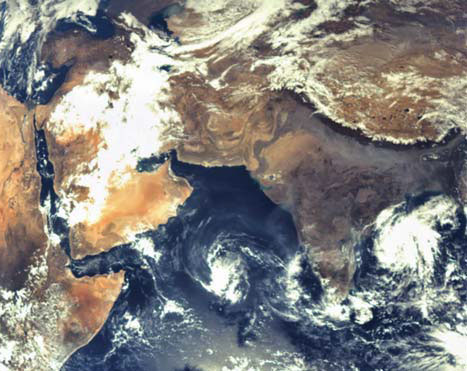Articles in the Articles Category
October 2014
INTERGEO 2014
7-9 October
Berlin, Germany
www.intergeo.de
6th Asia Oceania Regional Workshop on GNSS
9-11 October
Phuket, Thailand
www.multignss.asia/workshop.html
GeoForm
14-16 October 2014
Moscow, Russia
http://www.geoexpo.ru/en-GB
Esri Mid-East & Africa User Conference
22 – 24 October 2014
Kuwait
http://www.esri.com/events/meauc
ISGNSS2014
22 – 24 October
Jeju Island, Korea
www.isgnss2014.org
35th Asian Conference on Remote Sensing
27-31 October
Nay Pyi Taw, Myanmar
www.acrs2014.com
NZIS Conference 2014
29 Oct – 1 Nov
New Plymouth, New Zealand
www.nzisconference.org.nz
November 2014
Trimble Dimensions 2014
3 – 5, November
Las Vegas, …

This paper introduces a new framework to utilise Volunteered Geographic Service (VGS) for identifying and distributing potential help requests as volunteered services in an automatic and proactive way among potential volunteers in situ right after a disaster
Arash Kaviani
Research Associate, Centre for SDIs and Land, Administration (CSDILA), Department of Infrastructure Engineering, The University of Melbourne, Australia
Professor …

















 (5.00 out of 5)
(5.00 out of 5)